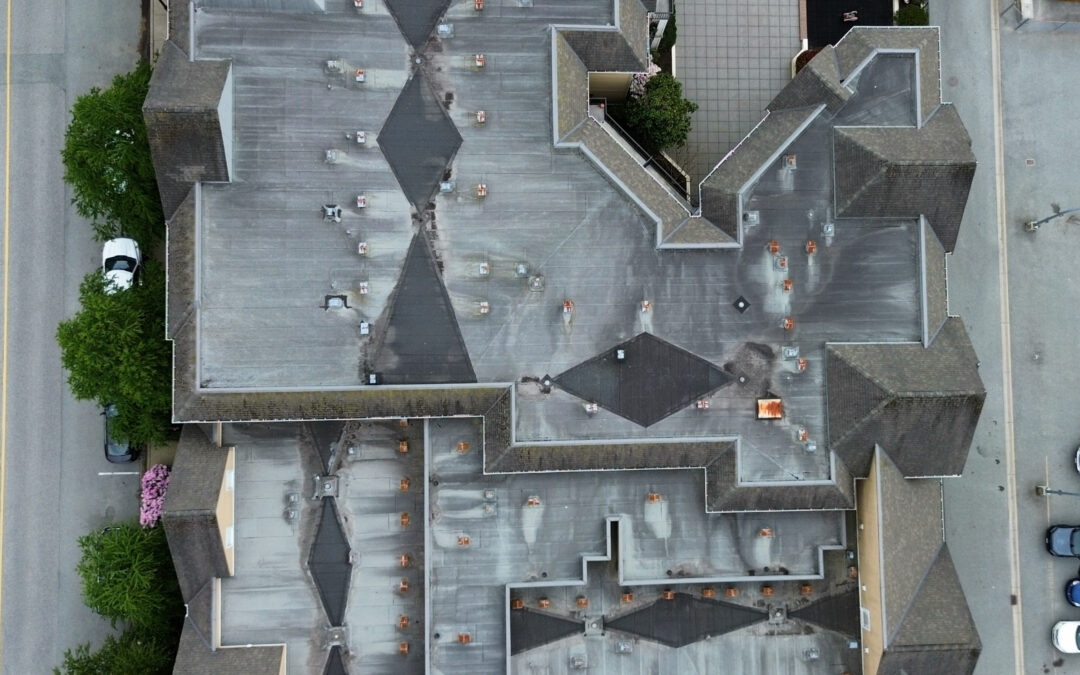Your roof is your home’s first layer of protection against the weather. But over time, wear and tear can take a toll, leading to roof damage that may require expensive repairs—or even a full replacement. Knowing what causes roofs to break down can help homeowners take action early and extend the life of their roofs.
In places like Vancouver, heavy rain and excess moisture are major concerns. According to the Canada Mortgage and Housing Corporation (CMHC), poor drainage can speed up roof deterioration and increase the chances of leaks. Severe weather, like hailstorms, can also cause serious roof damage. For example, a massive hailstorm in Calgary in 2020 led to about $1.2 billion in insured losses, making it one of Canada’s most expensive weather disasters.
The good news? Spotting potential problems early and taking preventive steps can save you from costly repairs and keep your home well-protected all year long.
1. Weather-Related Roof Damage
Weather is one of the biggest reasons roofs wear down, especially in places like Vancouver, where rain, snow, and strong winds are common. According to Environment Canada, Vancouver sees about 161 rainy days per year, which means roofs are constantly exposed to moisture—one of the leading causes of roof damage over time.
How Weather Affects Your Roof:
- Heavy Rain & Moisture – If rainwater doesn’t drain properly, it can seep under shingles, leading to leaks, mold, and even structural issues. Flat roofs are especially prone to water pooling, which increases the risk of leaks and roof damage.
- Snow & Ice Dams – When snow piles up, it adds extra weight to your roof. As it melts and refreezes at the edges, it can create ice dams that block drainage and push water under shingles, leading to costly repairs. If you’re wondering how to spot hail damage and when to act, check out 7 Clear Signs Your Roof Needs Hail Damage Fix and Roof Repairs.
- Hailstorms – Hail can crack shingles, dent metal roofs, and expose the layers underneath to moisture. Even small hailstones can cause long-term problems if the damage isn’t caught early.
One of the best ways to protect your roof from severe weather is to schedule regular inspections, especially after storms. Catching small problems early can prevent bigger, more expensive repairs—or even a full roof replacement.
Another smart move is investing in weather-resistant materials, like impact-resistant shingles or metal roofing, which can handle tough conditions and last longer.
2. Poor Roof Installation
A badly installed roof is a disaster waiting to happen. Even the highest-quality materials won’t hold up if they aren’t installed the right way. According to the National Research Council Canada (NRC), mistakes like improper flashing, misaligned shingles, and poor ventilation can speed up roof damage and shorten the lifespan of your roof.
Common Installation Mistakes:
- Loose or uneven shingles – Gaps allow water to seep in, leading to leaks and roof damage over time.
- Incorrectly placed flashing – If flashing isn’t installed properly around chimneys, vents, and skylights, water can sneak through and cause major issues.
- Poor ventilation – Without enough airflow, moisture builds up in the attic, creating the perfect environment for mold and structural damage.
The best way to avoid these problems? Always hire certified roofing professionals who know how to properly seal, align, and ventilate your roof. A well-installed roof lasts longer, keeps your home safe, and cuts down on costly repairs.
To make sure you’re getting top-quality work, choose a roofing contractor with recognized industry certifications, like those from the Roofing Contractors Association of British Columbia (RCABC). This guarantees that your roof meets the highest installation standards and stays strong for years to come.
3. Lack of Maintenance
Neglecting routine maintenance is one of the most preventable causes of roof damage. CMHC recommends annual roof inspections and gutter cleaning to prevent water buildup and deterioration.
- Clogged Gutters: When gutters fill with leaves and debris, water backs up onto the roof, increasing the risk of leaks and rot.
- Missing or Loose Shingles: Harsh weather can loosen shingles, leaving the underlayment exposed to damage.
- Failure to Inspect After Storms: Small cracks or damaged flashing may seem minor but can worsen over time, leading to costly roof repairs.
Scheduling regular roof maintenance helps identify minor problems before they turn into major expenses. Homeowners should also consider applying roof sealants and coatings that provide extra protection against weather exposure.
4. Tree Damage
Trees can be a great asset to your property, but overhanging branches pose a serious risk to your roof. According to the Institute for Catastrophic Loss Reduction (ICLR), falling branches during storms are a leading cause of roof damage in Canada.
- Scraping Branches: Continuous contact can wear down shingle surfaces, leading to cracks and water infiltration.
- Falling Limbs: A heavy branch can puncture the roof, requiring immediate roofing repair.
- Debris Buildup: Leaves and twigs can clog gutters, causing water to pool on the roof.
Trimming branches and keeping trees well-maintained can prevent unnecessary roof replacement expenses. Additionally, homeowners should inspect nearby trees regularly and consider installing protective barriers to shield their roofs from falling debris.
5. Water and Moisture Issues
Excess moisture is one of the most damaging elements for a roof. In Vancouver’s wet climate, proper drainage is essential. According to CMHC, water pooling and trapped moisture accelerate material breakdown, leading to costly roof repairs.
- Leaky Roof Flashing: Poorly sealed vents, chimneys, and skylights allow water to seep in.
- Pooling Water on Flat Roofs: Standing water weakens roofing materials and increases the risk of leaks.
- Mold and Rot: Persistent moisture leads to mold growth, compromising the roof’s structure.
Ensuring proper drainage and sealing gaps promptly can extend your roof’s lifespan. Investing in moisture-resistant underlayment and advanced drainage systems can further reduce water-related risks.

6. UV Exposure and Heat Damage
Long-term exposure to sunlight and high temperatures can weaken roofing materials. According to the National Research Council Canada (NRC), temperature fluctuations cause roofing materials to expand and contract, which can lead to cracks and structural weakening. Additionally, the Canadian Association of Home and Property Inspectors (CAHPI) notes that prolonged sunlight exposure can degrade asphalt shingles, causing them to dry out, crack, or lose their protective coating—leaving your roof vulnerable to leaks and other issues.
How Heat and UV Rays Affect Your Roof:
- Shingle Deterioration – Asphalt shingles can become brittle and crack after years of direct sun exposure, increasing the risk of roof damage.
- Heat Expansion and Contraction – Roofing materials expand during the day when it’s hot and shrink at night as temperatures drop. This constant movement weakens the structure over time.
- Flat Roof Vulnerability – Flat roofs absorb more heat, especially if they don’t have a reflective coating, which can lead to premature wear and breakdown.
To help protect your roof from heat and UV damage, consider using UV-resistant materials or applying protective coatings that reflect sunlight and reduce heat absorption.
7. Pests and Animal Intrusion
Birds, squirrels, and raccoons can wreak havoc on a roof. The Canadian Food Inspection Agency emphasizes the importance of maintaining roof areas, including gutters, to prevent pest harborage. They recommend keeping these areas clean and free of debris, eliminating nesting and roosting sites, and screening exposed outside rafters to discourage roosting. Additionally, air intakes and exhaust fans should be screened to prevent pest entrance, helping to mitigate roof damage and drainage issues. Pest Control Canada advises homeowners to regularly check for signs of animal activity and seal any openings to prevent infestations.
- Birds Nesting Under Shingles: This disrupts proper drainage and allows water infiltration.
- Squirrels and Raccoons: These animals chew on roofing materials and create entry points for moisture.
- Termites and Wood Rot: Pests weaken wooden structures, requiring expensive roof replacement.
Sealing gaps and trimming tree branches can reduce the likelihood of pest-related roof damage.
Conclusion
Your roof is a big investment, and keeping it in good shape takes regular care. Roof damage can happen for many reasons—harsh weather, poor installation, lack of maintenance, or even pests. But with the right steps, you can avoid costly repairs or a full roof replacement.
The best way to prevent roof damage is by scheduling regular inspections, choosing the right materials, and staying on top of maintenance. If you notice any signs of trouble, getting a professional to check it out early can save you from bigger, more expensive problems down the road. A well-maintained roof doesn’t just protect your home—it gives you peace of mind for years to come.

